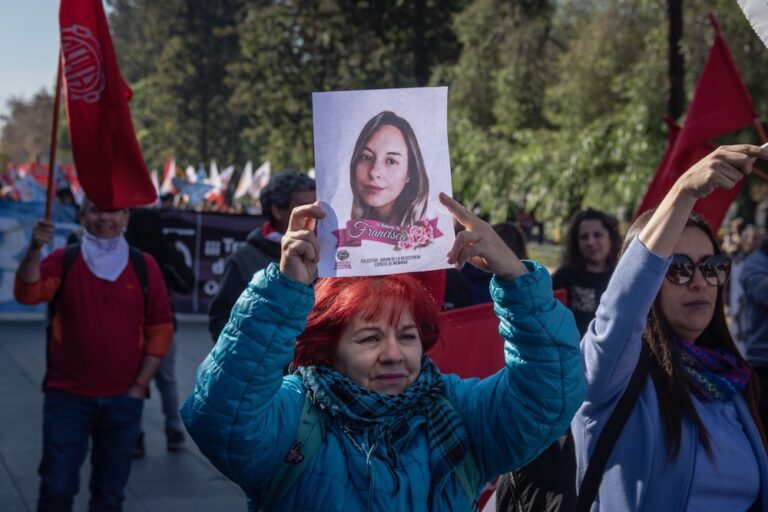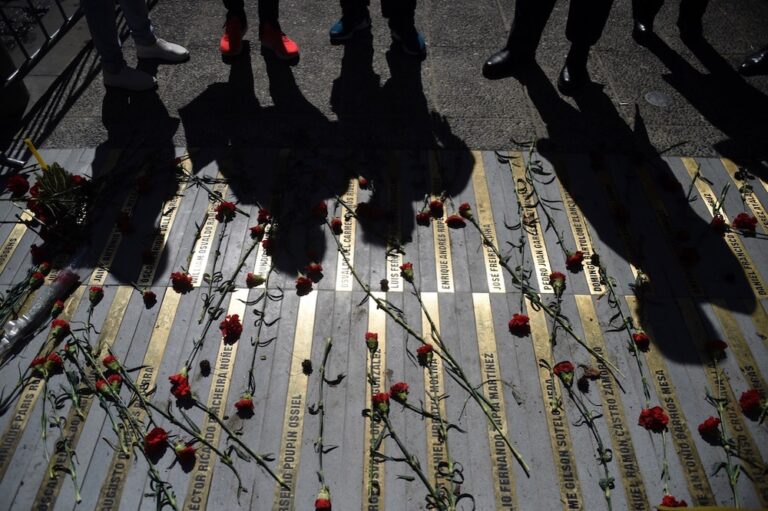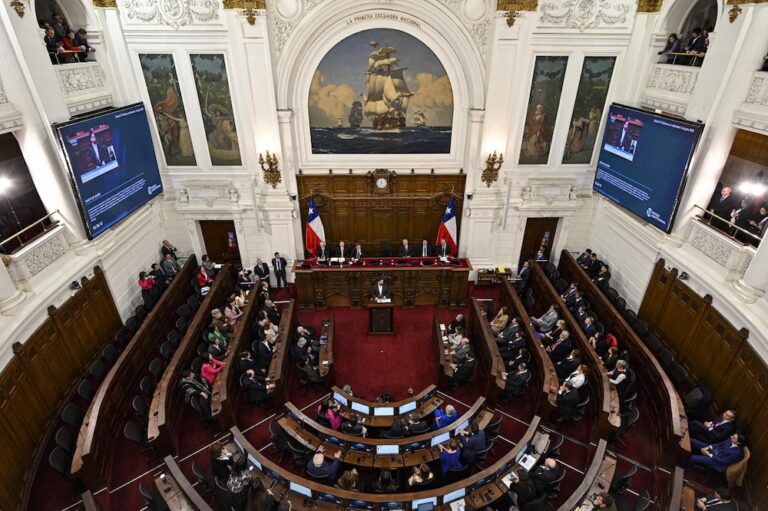(IPYS/IFEX) – On Wednesday 3 October 2001, the film “Bilbao”, by Spanish director Juan José Bigas Luna, was shown for the first time after having been censored for nine years. The film was screened as part of a retrospective on Catalan cinema, one of the many activities organized as part of the VIII Film Festival […]
(IPYS/IFEX) – On Wednesday 3 October 2001, the film “Bilbao”, by Spanish director Juan José Bigas Luna, was shown for the first time after having been censored for nine years.
The film was screened as part of a retrospective on Catalan cinema, one of the many activities organized as part of the VIII Film Festival in Valdivia, a city in southern Chile.
The Film Ratings Council (Consejo de Calificacion Cinematográfica, CCC) lifted the prohibition on the film following the intervention of the festival’s organisers, who asked that the film be reclassified as permissible for those over eighteen years old, so that it could be screened during the retrospective. Bigas Luna himself attended the festival.
The CCC banned the film in 1992, when it was brought to the country as part of a travelling exhibition of Spanish films organised by the Institute for Iberoamerican Cooperation (Instituto de Cooperacion Iberoamericana) and the Spanish Ministry of Culture. The 1978 film was a milestone in Spain’s cultural transition during the post-Franco era, and therefore including it in a retrospective on Spanish film is of evident cultural interest. The Spanish embassy had tried to lobby the government when the film was originally banned, but was not successful.
“Bilbao” is considered Bigas Luna’s most ground-breaking work. In the film, a voyeur becomes obsessed with a strip-tease dancer and prostitute, whom he kidnaps and transforms into his erotic object.
Filmmaker Edgardo Viereck, Argentine sociologist and film critic Héctor Hochmann, Pedro Zurita, director of the New York Sur video library, and lawyer Guillermo Laurent participated in a panel on “Film Censorship”, which was held prior to the film’s screening.


